
Temporary lighting Adequate lighting must be provided in areas where workers are present. Entrance and exit spaces must also be illuminated. Explain dangers Electricians have been electrocuted while setting up temporary lighting. Frequent relocation of circuits can loosen connections, break insulation, and create other shock or electrocution hazards. Steel door frames can become electrified when […]
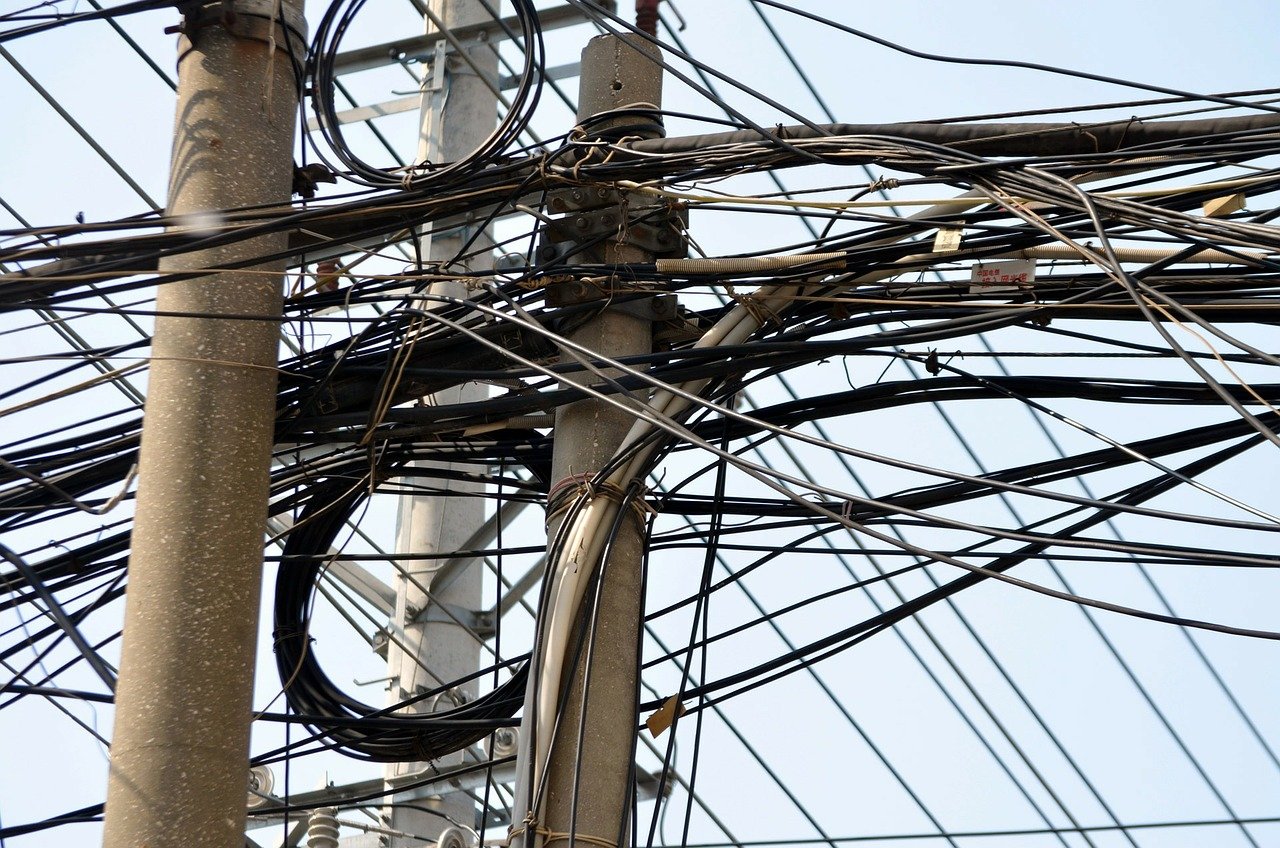
Powerline contact Explain dangers Powerline contact is a major cause of fatal accidents and critical injuries. These types of incidents usually involve heavy equipment such as backhoes, dump trucks, boom trucks, cranes, and excavators. Beware of contact when moving extension ladders, rolling scaffolds, long lengths of pipe, and siding. Also, beware of the powerline moving […]
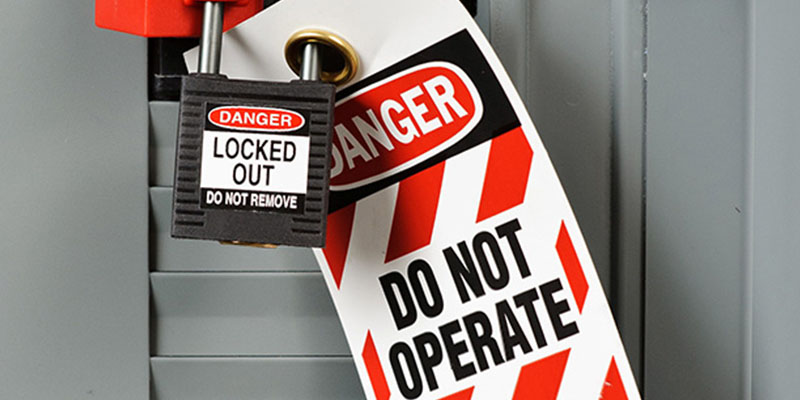
Lockout and Tagging Explain dangers Lockout and tagging ensures that hazardous energy sources are under the control of the workers needing protection. Lockout often involves workers using a padlock to keep a switch in the “off ” position, or to isolate the energy of moving parts. Tagging is how you tell others that the device […]
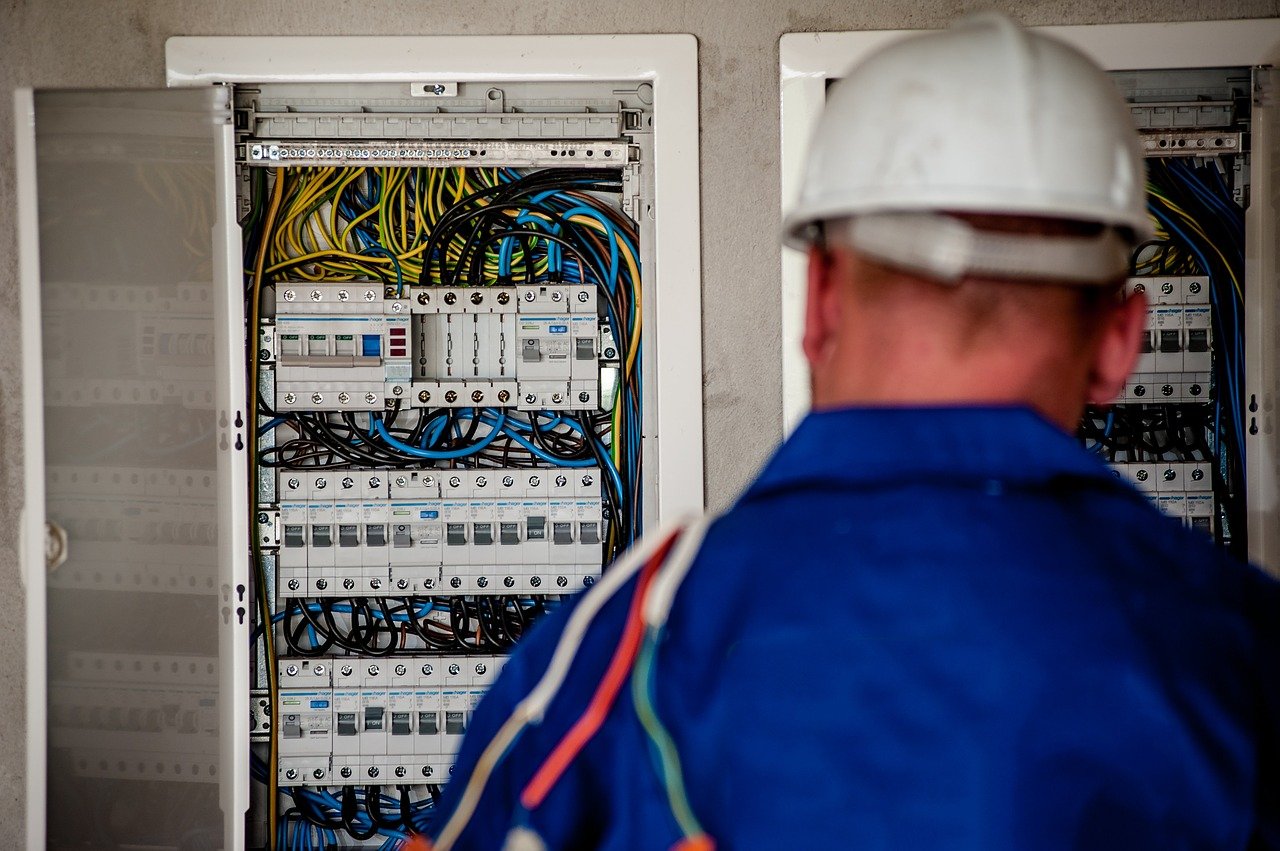
Electrical safety Explain dangers Using electricity on site can be hazardous, especially when it comes to tools, cords, and panels or generators. Identify controls Consider all electrical wires and equipment energized until they are tested and proven otherwise. Section 182 of the Construction Projects regulation states that “No worker shall connect, maintain or modify electrical […]

Gin Wheels or Pulley Wheels Explain dangers Using a gin or pulley wheel is a low-cost and convenient way of raising or lowering a load. However, these are some risks associated with using gin or pulley wheels: • A hoisting rope that does not have a proper safety hook or knots at the end. • […]
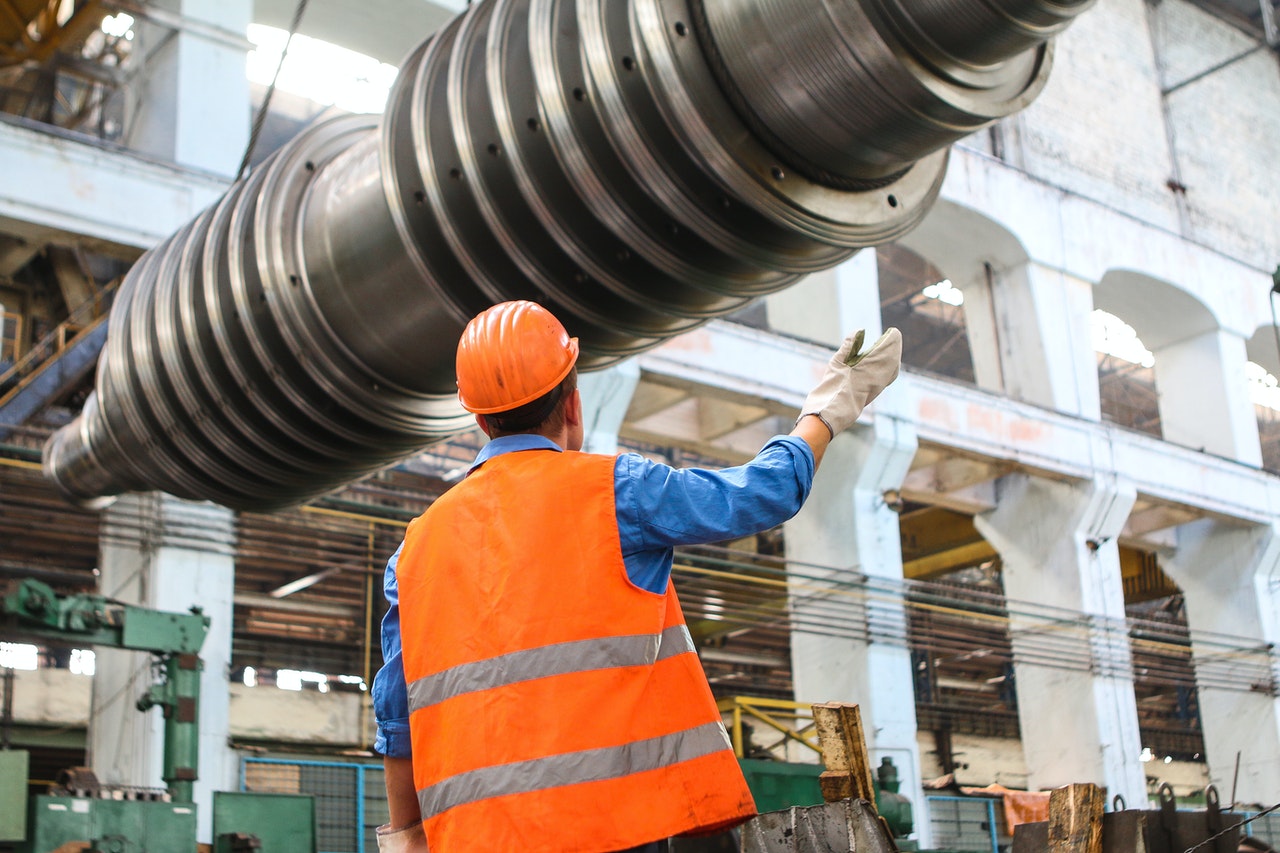
Hoisting signals—Demonstration Demonstrate Demonstrate the hoisting signals below with your crew. Ask them to show you the signals for “Load Up,” “Turn Right,” and “Use Main Line.” Ask them to practise them so that they become natural. Hand out IHSA’s Hand Signals for Hoisting Operations Card (V002). For more information, visit the IHSA website.
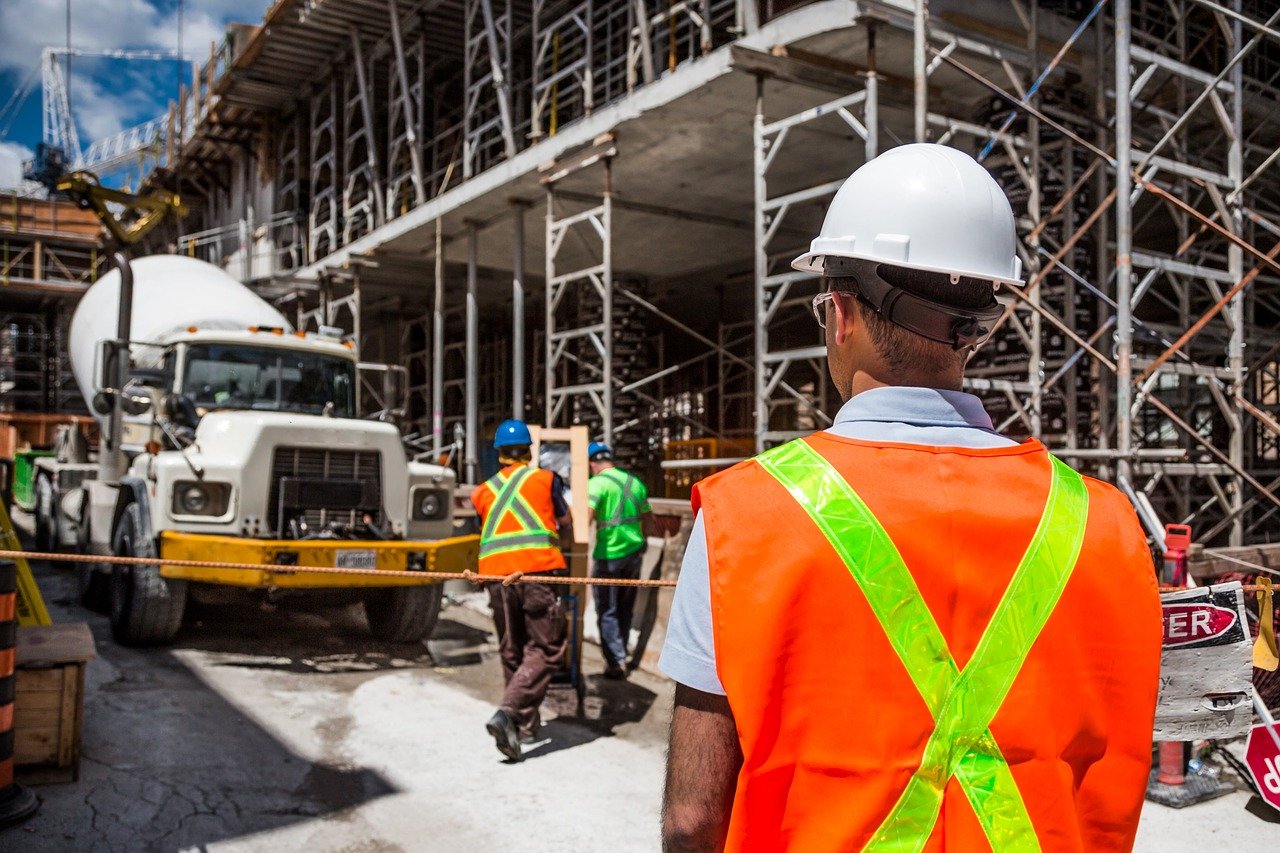
Hoisting signals – Basic rules Explain dangers In hoisting operations, miscommunication between the signaller and the operator can lead to injuries, fatalities, and property damage. Identify controls If you’re going to rig a load, you also need to know the signals for lifting, moving, and landing it. The operation may be a simple LIFT and […]
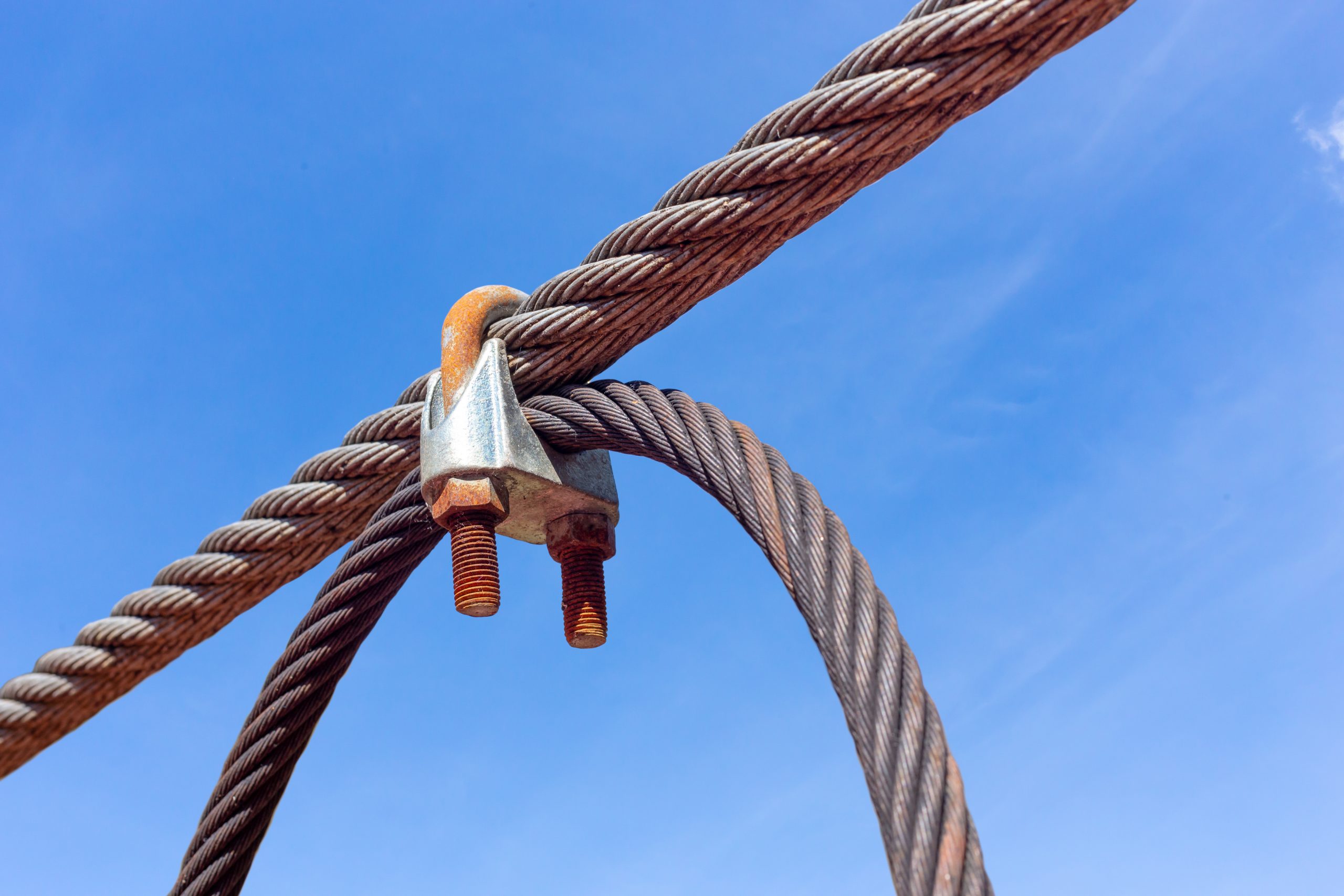
Wire Rope – Cable Clips Explain dangers There’s only one right way to install u-bolt cable clips when you want to get the maximum efficiency—up to 85%—out of a prepared loop or thimble-eye termination. Otherwise the capacity of the termination can be severely reduced, risking the lives of workers and others nearby. Because u-bolt clips […]

Wire rope—Inspection Explain dangers Damage from wear and tear can reduce rope strength and capacity, endangering workers who rely on the rope. Identify controls Wire rope in continuous service should be checked daily during normal operation and inspected weekly. Rope that has not been used for a month should be inspected thouroughly. There are warning […]
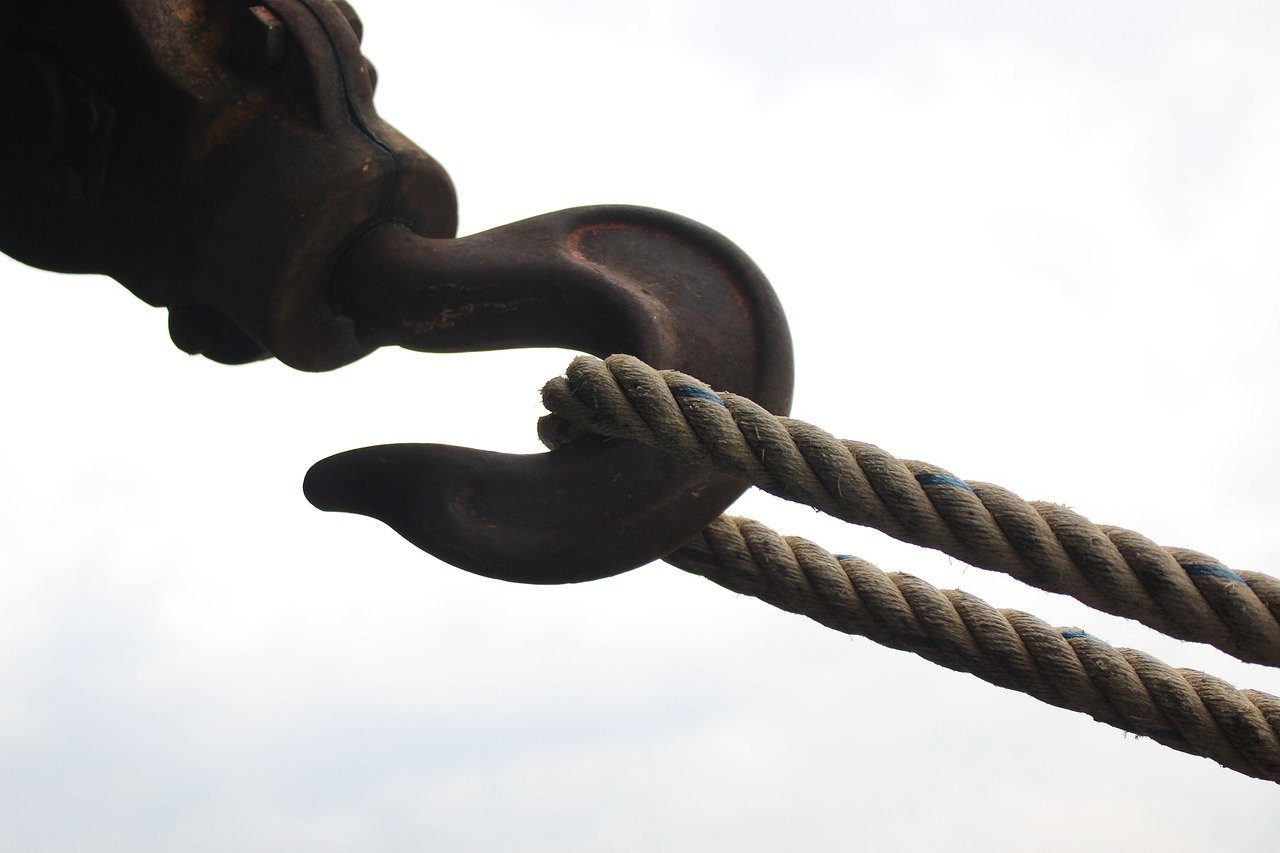
Rigging Hardware Explain dangers Rigging is only as strong as its weakest link. Workers’ lives depend on the strength of that link. It doesn’t matter what safe working load is stamped on a hook if the hook is cracked and twisted or opening up at the throat. It can’t deliver its full rated capacity. Inspection […]
